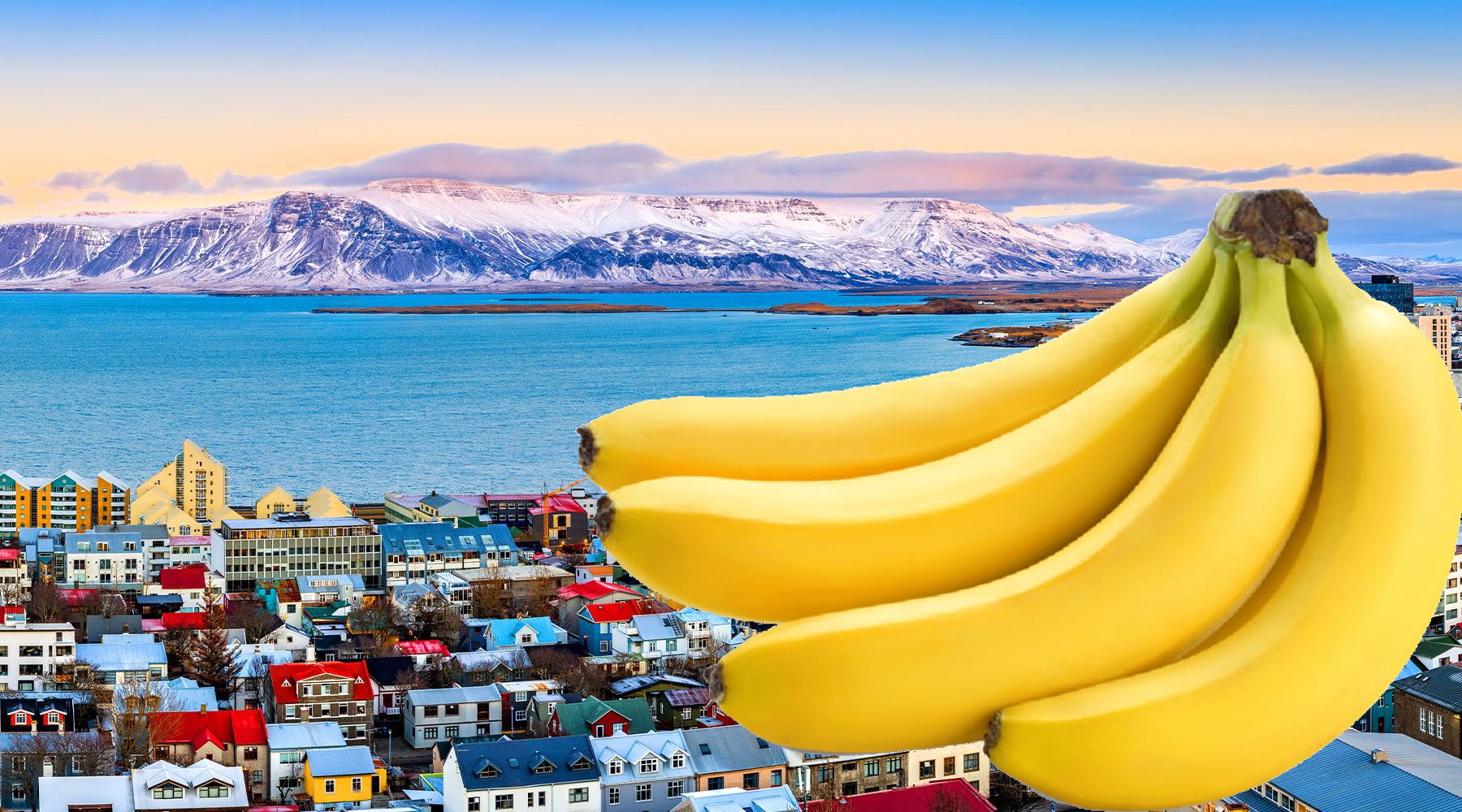One of the most popular interesting facts about Iceland is that the northern island turned out to be Europe's largest producer (according to other versions, exporter) of bananas. We checked whether this is actually true.
Information about the championship of a small country in this exotic indicator is found in a large number of printed publications. books, but many may have learned about it thanks to the BBC quiz show QI, which aired on December 15, 2006. The show was then hosted by the famous actor and writer Stephen Fry.
The first question that arises in the average person when faced with this fact is: how can bananas grow in Iceland? Of course, anything can grow in a separate greenhouse, but we are talking about industrial scale on an island where the temperature in winter reaches -20 °C.
However, bananas are actually grown in Iceland. The first seedlings appeared here in July 1939 thanks to Hlin Eiriksdottir and her father (whose name, as you might guess, was Eirik). Well, the first fruits on their family plantation in Reykjavik ripened two years later.

And in 1942, Khlin donated several plants to the state, and from that moment on, the cultivation of bananas in Iceland was put on stream. There were two prerequisites for this: the beginning of the heyday of geothermal energy (and Iceland is famous for its geysers) and high prices for importing fruit into the country. In 1951, a large greenhouse was built for bananas, and the whole country learned about them. In 1958, local newspapers wrote about 200 fruit-bearing plants.
However, the commercially favorable situation for banana cultivation did not last long. In 1960, the Icelandic government abolished the fruit import tax, and the market became flooded with cheap fruit from all over the world. It has become unrealistic for local producers to compete with them - energy is energy, but rapid growth requires an abundance of sunlight, and this is a big problem in the northern country. If at the equator a banana takes several months to ripen, then in northern Iceland the process lasts two years.
Icelanders have not given up and continue to grow bananas, but this business is more of a hobby or a tribute to a recent tradition. A banana plantation today has 600–700 plants, which produce from 500 kg to 2 tons of fruit per year. While Iceland, according to data The UN Food and Agriculture Organization imported about 3,000 tons of bananas into the country in 2019.
However, even with a huge share of imports of overseas bananas, Iceland could theoretically be a leader in their cultivation only among European countries. The same UN Food and Agriculture Organization will help us dispel doubts about this, according to data of which 386 tons of bananas are grown annually in Spain, 22,000 tons in Portugal, 2,000 tons in Greece, and 337 tons in Italy. And if Spain and France grow bananas outside of Europe (in the Canaries, Guadeloupe and Martinique), then Greece, Italy and Portugal grow bananas within their historical part of the world.
Thus, the information that Iceland is the European leader in banana cultivation is just an urban legend.
Fake
Read on topic:
1. http://www.fao.org/faostat/en/#data/QC
2. https://www.visindavefur.is/svar.php?id=58583
3. https://timarit.is/page/1154122#page/n2/mode/2up
4. http://www.fao.org/3/ca7567en/ca7567en.pdf
If you find a spelling or grammatical error, please let us know by highlighting the error text and clicking Ctrl+Enter.







